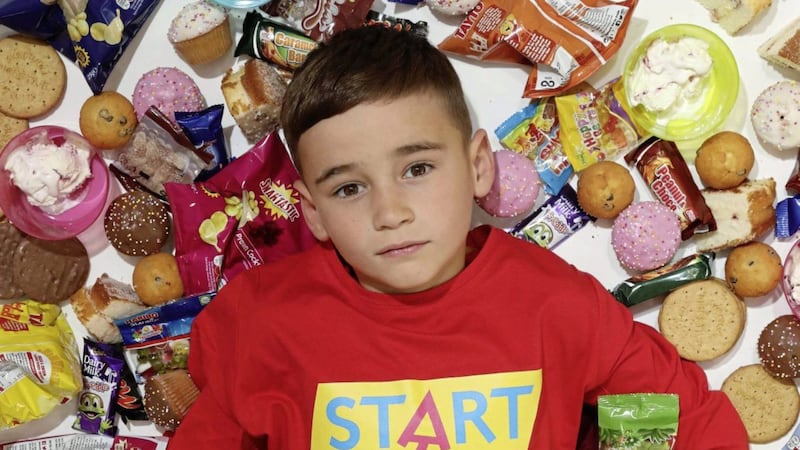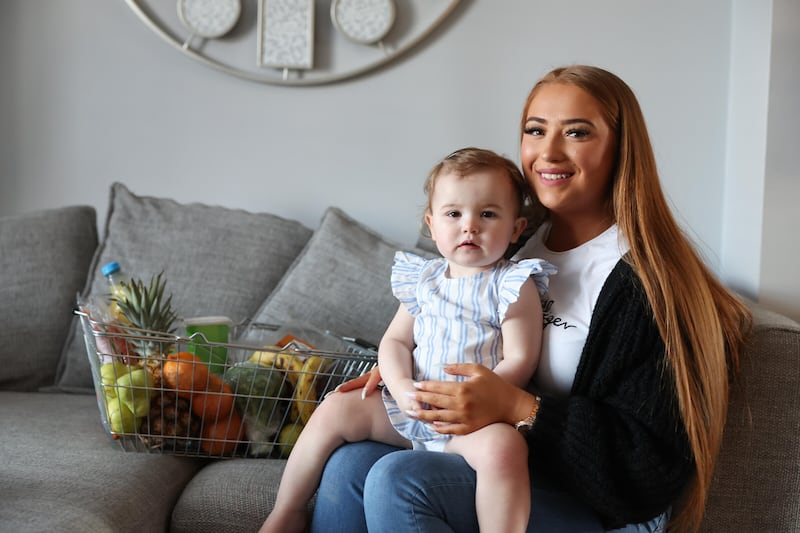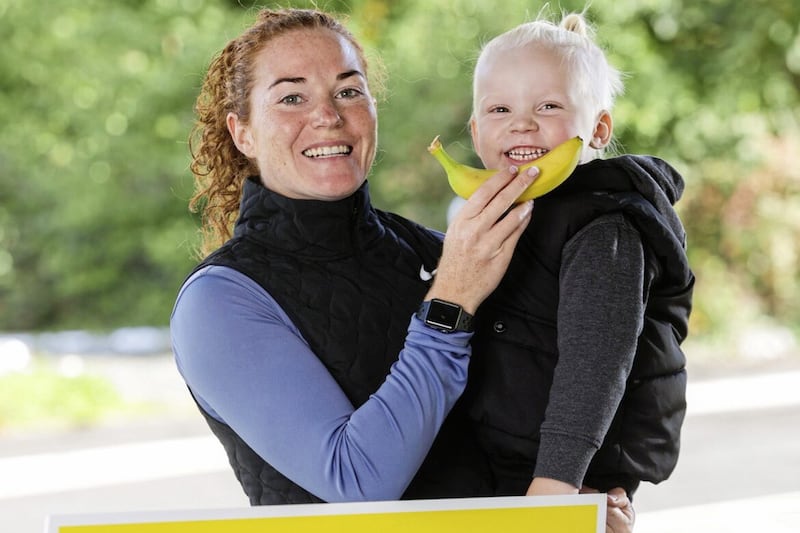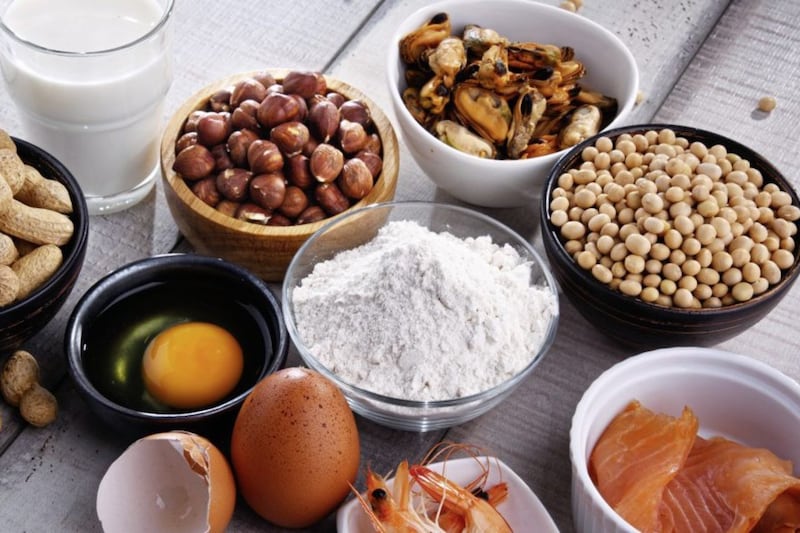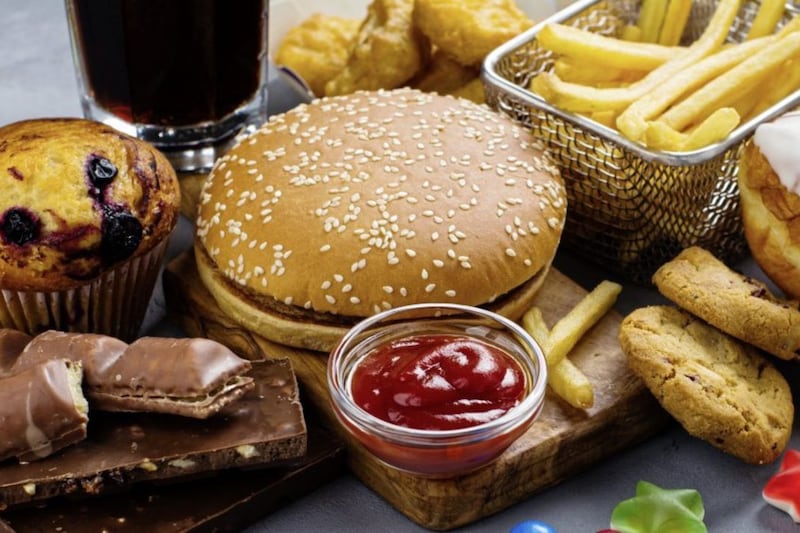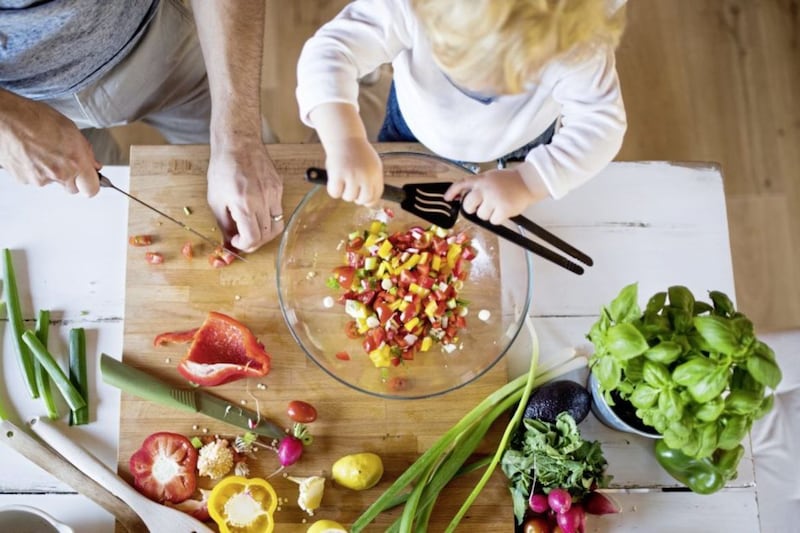WE LIVE in a world where you can’t pay for petrol without leaning over a sea of chocolate, sweets and crisps intentionally placed at your child’s eye level and where a trip to the supermarket involves being bombarded by special offers for treats.
Added to that, children often can’t participate in activities – even in school – without being 'rewarded' with crisps, sweets, chocolate and biscuits. Even when on their screens, online ads for unhealthy foods target children.
And heaven forbid that you wouldn’t have ‘something nice’ in the house with your child’s friends come to play.
Foods like crisps, biscuits etc used to be ‘occasional’ things but are now everyday foods in our diets. They are high in fat, sugar and salt and don’t provide much in the way of nutrition. Eating too many of them means that children don’t get the nutrients they need from healthier foods; it can affect their health in the short and long-term, from bad dental health to serious health issues later in life.
It's really worrying that children in Northern Ireland now eat around seven times more treat foods daily than is recommended. Healthy eating guidelines recommend that no more than 2-3 per cent of calories come from these foods but the most recent National Diet and Nutrition Survey showed that a whopping 19 per cent of the calories in children’s diets come from 'treats'.
Recent research by safefood found that a quarter of all childrens’ meals now contain treat foods and that, on average, 24 per cent of the weekly family food budget is spent on treats.
A report by safefood issued last week showed that parents give children treats for a variety of reasons. Sometimes treating is led by parents to reward good behaviour or to avoid confrontation. Sometimes treating is led by the child – the child asks, and the parent simply says yes.
Sometimes it’s simply part of the routine – ‘We always have biscuits after school', or 'We always have a bar of chocolate after dinner’. Parents involved in the research found treats unavoidable, whether supermarket shopping or after children had participated in activities and were a consistent part of celebrations.
When parents compared the culture of treating when they were children themselves, they talked about having a huge appreciation for treats. These were given to them rarely, perhaps a small treat after school on a Friday, or dessert at the weekend. Treating was never an everyday occurrence.
In contrast, today’s parents feel under pressure to conform to frequent treating. This is what is expected of them by society and it feels like a real challenge to try to go against the social norm.
The current phase of the START campaign from safefood, The Public Health Agency and the Department of Health is focused on supporting parents in their efforts to reduce treats. The campaign aims to raise awareness of the treating culture, and help parents plan for and deal with those difficult moments.
START hopes to encourage parents to reduce availability of treats at home. There’s a line in our current campaign which says “It takes a hero to be the bad guy” which reflects what parents tell us – that it’s hard to say no to treats and they need tremendous strength to do so.
Here are 10 steps to help you on your way with cutting back on treats:
:: Start to become aware that treats are everywhere – you might be surprised.
:: It takes a hero to be the bad guy; cutting back on treats can be really challenging and no parent wants to say no. But in these situations, children need to be protected.
:: Start with a plan and try to stick with it. See what works for your situation and get your family to agree to it. Everybody has be in this together for it to work.
:: There will be difficult times – the START campaign has answers for lots of your questions about help with saying ‘no’ to treats.
:: You can also speak to others around you for help and support Agree a behaviour contract with family, crèche and childminder.
:: Avoid triggers for treats, whether that’s when shopping or at home
:: Accept you’ll have bad days. Set realistic goals and focus on those days that went well.
:: Give real treats like healthy snacks or non-food rewards, not treat foods.
:: Keep an eye on how you are doing and plan your weekly shop to avoid treats.
:: Celebrate success. When you achieve your goal, no matter how big or small, take a moment to appreciate what you have achieved.
:: Nutrition expert Dr Aileen McGloin is director of marketing and communications at safefood, the all-Ireland public body responsible for raising consumer awareness of issues relating to food safety and healthy eating.
